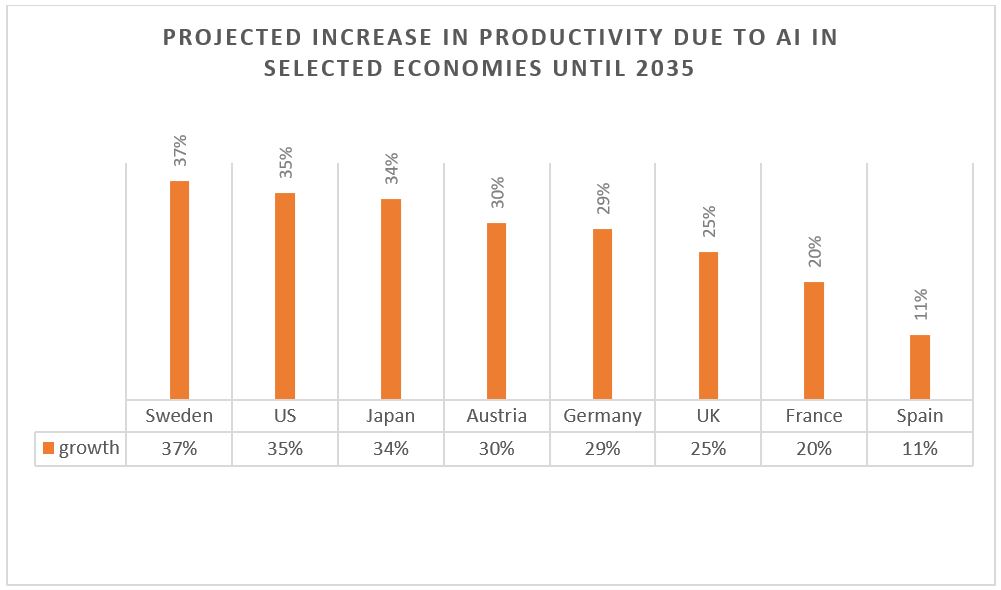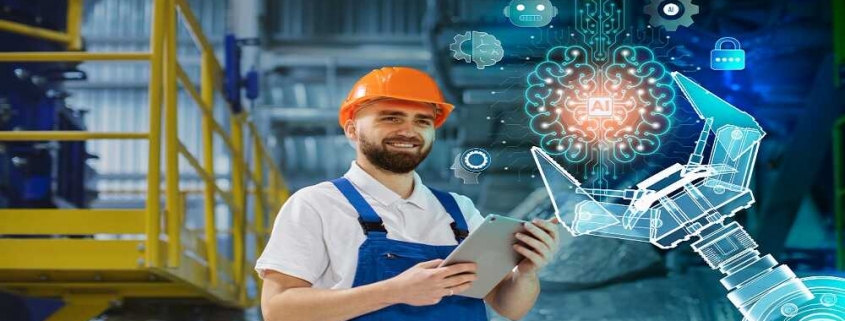Exploring the Top IT Automation Trends
IT automation is the process of managing, streamlining, and automating workflows, processes, and repetitive tasks inside the IT infrastructure using technology. It automates processes like software deployment, system provisioning, monitoring, and maintenance with the use of technologies like scripts, orchestration platforms, and artificial intelligence. Organizations may boost productivity, lower manual error rates, and free up resources for more strategic projects by automating mundane IT tasks. Rapid scalability, increased agility, and improved overall system security and reliability are all made possible by IT automation. The use of IT automation is a crucial part of contemporary IT strategies as companies work to streamline their IT operations and react quickly to shifting needs. Join us as we explore the “Top IT automation trends” in this article that have evolved the automation trends in IT.
Top IT automation trends
- Artificial intelligence and machine learning
- Hyper-automation
- No-code/low-code automation
- Cloud automation
- Container management
Let’s discuss each one in detail.
1. Artificial Intelligence and Machine Learning
Industry-revolutionizing advances in Artificial Intelligence (AI) and Machine Learning (ML) allow computers to learn from data and make intelligent judgments without explicit programming. While machine learning is a subset of artificial intelligence, it focuses on algorithms that automatically become better with use. AI is the general term for a variety of methods that mimic human intellect. Practical applications of AI and ML are being made in several industries, including manufacturing, healthcare, finance, and retail, to streamline operations, automate procedures, and produce insights from massive datasets. For instance, ML algorithms are used in healthcare to help diagnose patients, and AI-driven chatbots in finance offer individualized client support. Innovation is being fuelled by the combination of AI and ML, which enables businesses to seize new possibilities, improve decision-making, and provide people with more individualized experiences.
The University of Cambridge, Intel Corporation, and Dell Technologies announced in November 2023 the launch of “Dawn Phase 1,” the fastest AI supercomputer that was co-designed. The supercomputer, which harnesses the combined power of AI and high-performance computing (HPC) to address some of the most pressing global issues, was constructed by elite technical teams. It is anticipated that this will hasten future technological leadership and foreign investment in the technology industry in the United Kingdom.
2. Hyper-Automation
Hyper-automation is an all-encompassing automation strategy that uses a variety of technologies, including workflow orchestration, artificial intelligence, robotic process automation (RPA), machine learning, process mining, and process mining. In contrast to classical automation, which concentrates on automating specific tasks, hyper-automation aims to automate decision-making processes as well as whole workflows within the company. Hyper-automation helps businesses become more efficient and agile and simplify their processes by combining various automation technologies. It makes it possible to automate more sophisticated and cognitive processes that call for decision-making abilities comparable to those of a human, as well as repetitive and rule-based operations. Hyper-automation also helps businesses find bottlenecks, understand their processes better, and continuously improve performance.
The most recent version of Enlitic Curie, a platform that streamlines workflow management for radiology departments, was unveiled by Enlitic in March 2023. The platform is home to Curie|ENDEX, which analyzes and processes medical pictures using natural language processing and computer vision, and Curie|ENCOG, which uses artificial intelligence to recognize and safeguard protected health information.
3. No Code/Low Code Automation
Users who lack considerable coding skills can construct automation workflows with the help of no code/low code automation. These systems simplify automation by using pre-built components and easy visual interfaces. Users may quickly construct workflows by dragging and dropping parts. No code/low code solutions facilitate collaboration between business and IT teams by democratizing automation. This accelerates the development cycle and allows for the rapid implementation of automation solutions. By lowering the dependency on conventional programming, this method opens up automation to a wider range of stakeholders, such as business users and citizen developers. In the end, it fosters efficiency, creativity, and agility within businesses by facilitating a quicker reaction to shifting business requirements and freeing up IT resources for more important projects.
For example, in March 2023, Tech Data Corp. and the AI process automation company Simplifai.ai established a strategic agreement. The objective of this collaboration is to introduce Simplifai’s cutting-edge automation solutions to significant markets in the Asia Pacific and Japan area. The partnership expanded Tech Data’s offering of cloud-native technology and AI solutions.
4. Cloud Automation
By using automated procedures and instruments, cloud automation streamlines the management and functioning of cloud-based services, apps, and infrastructure. It includes activities such as orchestration, monitoring, provisioning, and configuration. By doing this, businesses may improve productivity, lower manual error rates, and streamline their cloud operations. By automating routine processes like software deployment, resource provisioning, and scaling, cloud automation allows IT teams to concentrate on key projects. Furthermore, by imposing uniform configurations throughout cloud environments, automation guarantees uniformity and compliance. Through the optimization of resource use and dynamic resource adjustments based on demand, cloud automation offers enterprises cost savings, enhanced scalability, and agility. The utilization of cloud computing by businesses is becoming more and more dependent on cloud automation to fully realize the advantages of the cloud.
At Cisco Live, the flagship networking and security event, in June 2022, Cisco introduced AppDynamics Cloud. A platform for cloud-native observability designed for contemporary applications with ever-more-complex distributed architectures and services. With its focus on ease of use, usability, and intuitiveness, it enables IT teams to provide the outstanding digital experiences that customers, organizations, and end users are currently requesting.
It is anticipated that North America will account for a sizeable portion of the cloud automation industry. A new era of hybrid IT, combining public, private, and hybrid cloud, is being ushered in by numerous regional businesses, surpassing the public cloud. Prominent industry participants have adopted a hybrid cloud approach, which has facilitated their corporate operations and customer support. The usage of Cloud Automation is on the rise in the region due to the growing trends of cyber security and digital transformation. For example, UiPath and Microsoft Worked Together to Deliver the Automation of the Future to the Cloud.
Figure 1: Projected Increase in Productivity Due to AI in Selected Economies Until 2035

Source: World Economic Forum
5. Container Management
The coordination and management of applications that are containerized is known as container management. It entails managing distributed environments through networking, scaling, deployment, and monitoring of containers. These processes can be automated with the help of well-known container management technologies like Kubernetes, which offer features like load balancing, service discovery, and resource utilization optimization. Developers may effectively deploy and manage applications in a scalable and consistent manner while abstracting away the underlying infrastructure concerns with container management. Because of its ability to promote agility, software applications may be developed, tested, and deployed more quickly. Furthermore, by enabling enterprises to develop and implement apps as modular, independently deployable services, container management promotes the use of microservices architecture, improving flexibility and scalability while lowering operational overhead. All things considered, container management simplifies the lifespan of containerized apps, enabling enterprises to adopt contemporary, new development practices.
A multi-year cooperation was announced in April 2022 by Sensely, Keralty S.A.S., and its American affiliate Sanitas USA, Inc. Through this partnership, Sanitas hopes to use Sensely’s cutting-edge visual user interface and multilingual symptom assessment tool to power its next-generation mySanitas application.



